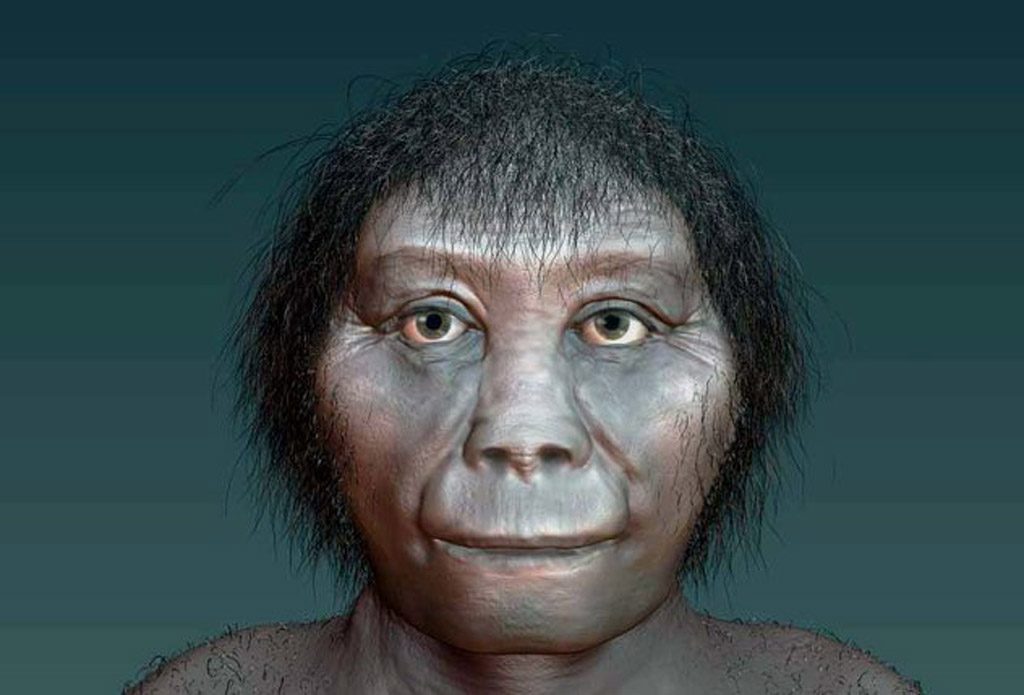Remains of Homo floresiensis , were first discovered in 2003 in the Island of Flores. These pygmy humans have been popularly named ‘Hobbits’. But even in the last 15 years, the truth about these pygmy humans hasn’t been revealed. There are two schools of thoughts regarding them; some experts believe they are a completely different species, while others believe they were actually Home Sapiens who suffered from some kind of disease that stunted their growth.

There are numerous questions plaguing anthropologists regarding the hobbits. The fact that archaeologists from Indonesia, Australia and America have been trying and failing for years to locate more hobbit bones have not helped the situation any. The most complete hobbit skeleton has skull, shoulder, arm and forearm bones, wrist bones, majority of the pelvis, and thigh, leg and foot bones.
Bone fragments and parts of many other skeletons have been found at the site but they belong to many different individuals of different age groups. Though taken as a whole the cache of bones is quite large, but the individual pieces aren’t really very helpful in resolving the debate over the hobbit’s place in human evolution.
One of the more popular theory suggests that they were closely related to Homo erectus, the hominid with closest resemblance to modern humans. Remains from Homo erectus have been found in Java which isn’t very far from Flores. The contentious theory suggests that Homo erectus traveled to Flores and then over thousands of years shrank in size due to lack of food or other environmental factors that made a large sized body unsustainable.
But now a new study has debunked the theory as the researchers have failed to turn up any evidence that would support the existence of any ties between Homo Floresiensis and Homo erectus. The study was led by Debbie Argue of the Australian National University. She and her fellow researchers compared 133 data points from the skull, jaws, teeth, arms, legs, and shoulders of Homo floresiensis and Homo erectus. They found that the hobbit bones had features that were more primitive than that of Homo erectus. A more likely scenario is that the hobbits actually split off from a much earlier human ancestor from Africa, the Homo habilis.
“It’s possible that Homo floresiensis evolved in Africa and migrated, or the common ancestor moved from Africa then evolved into Homo floresiensis somewhere,” Argue said. “If this were the case, Homo floresiensis would have evolved before the earliest Homo habilis, which would make it very archaic indeed.”





















